The development of the draft Decree on strategic trade control is an important step in institutionalizing international commitments, while also perfecting the legal framework for Vietnam to proactively respond to non-traditional security risks in international trade. The draft is elaborately developed, systematic, closely following reality and in harmony with international practices. However, to ensure feasibility and effectiveness in implementation, it is necessary to continue to improve in a number of aspects.
Being a responsible country in the global supply chain
In the context of the increasing proliferation of weapons of mass destruction (WMD) and dual-use technologies, countries are tightening control over strategic trade as an important part of their trade and security policies. With its important geopolitical position and high import-export growth rate, Vietnam needs a unified and transparent legal framework to strictly control dual-use goods.
The draft Decree closely follows the provisions of the Law on Foreign Trade Management, the Law on Commerce, the Law on Investment and is consistent with international commitments to which Vietnam is a member, such as Resolution 1540 of the United Nations Security Council, the Treaty on the Non-Proliferation of Nuclear Weapons (NPT), and the Wassenaar Agreement. This is a prerequisite for Vietnam to affirm its role as a responsible country in the global supply chain.
Clear in concept and scope of regulation. The draft has specifically defined key concepts such as “dual-use goods”, “end-user”, “internal compliance program (ICP)”,… which many current legal documents have not clearly mentioned. The scope of application is reasonably limited, avoiding overlap with the fields of defense and security.
Notably, with the mechanism of decentralization and inter-sectoral coordination: The decentralization of power to ministries (Industry and Trade, Science and Technology, Finance, Foreign Affairs, Health...) in developing the List of dual-use goods and managing them according to specialized fields is reasonable. This creates conditions for controlling goods according to their technical and technological nature, while promoting the central coordinating role of the Ministry of Industry and Trade.
Along with that, electronic declaration on the National Single Window Portal (vnsw.gov.vn) helps reduce time and compliance costs for businesses, while enhancing transparency, ease of monitoring and tracing.
Encouraging compliance through ICP, a reporting exemption mechanism for construction and approved enterprises ICP is an initiative to encourage proactive compliance, a shift from pre-audit to post-audit management, in line with modern management trends.
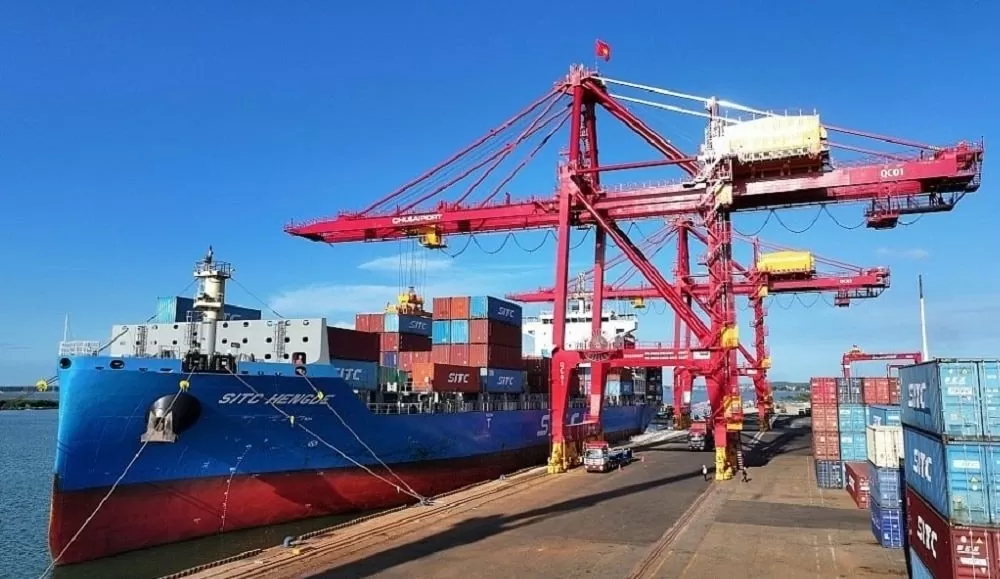 |
| The Ministry of Industry and Trade has developed a draft Decree on strategic trade control. Photo: Linh Nhi |
There are still many issues to be completed.
Although the regulations have been designed very clearly, it is necessary to clarify the criteria for evaluating the ICP. Although Annex III specifies the procedures in the ICP, the criteria for evaluating the completeness and effectiveness of this program are not really specific. It is necessary to supplement quantitative assessment instructions such as: number of periodic training sessions/year, number of specialized staff, time to store records... to create uniformity in implementation and inspection.
In addition, it is necessary to ensure the enforcement capacity of customs agencies and relevant ministries. Decentralization of authority to many ministries to issue the List of Dual-Use Goods poses a risk of fragmentation if there is a lack of coordination and standardization of the list of file codes. At the same time, it is necessary to invest in improving the identification and technical analysis capacity of customs forces at border gates to avoid fraud and false declarations.
In addition, policies to support small and medium-sized enterprises need to be considered, because for small and medium-sized enterprises - a group of enterprises that often lack resources to build ICPs - there needs to be a mechanism to support the transfer of process templates, training, or appropriate ICP models. This avoids the risk of regulations becoming technical barriers to the private economic sector that is increasingly integrating deeply.
At the same time, it is necessary to balance to harmonize with new generation FTAs. The draft decree needs to be reviewed to ensure that it does not contradict the commitments to open trade in goods and transparent procedures under the CPTPP, EVFTA, RCEP agreements that Vietnam has signed, especially in terms of control procedures and time for processing documents.
In order for the Decree, when issued, to play its role as an effective management tool while not causing excessive administrative burdens for businesses, it is necessary to:
Firstly, issue a Circular providing detailed instructions on procedures, forms, and processing times to avoid the situation where each ministry applies them differently.
Second, strengthen the digitalization of monitoring processes and data connection between agencies such as the Ministry of Industry and Trade - Customs - Public Security - National Defense.
Third, organize regular training for businesses and enforcement agencies on dual-use goods and control of sensitive transactions.
Fourth, include provisions on stronger deterrent sanctions for violations in a decree or related document.
International experience and integration of the draft
In the context of globalization and increasingly complex transnational supply chains, building a strategic trade control system is a key criterion for countries to be assessed as having “compliance capacity”. Vietnam’s draft Decree is gradually approaching these standards, but still needs to look more broadly to learn and adjust policies in accordance with international practices.
In the United States, the control model is linked to national security. Accordingly, the United States is the leading country in building a dual-use goods control system with the “Export Administration Regulations” (EAR) mechanism and the “Commerce Control List” (CCL). All items that can support the development of weapons of mass destruction, high technology, and even artificial intelligence are subject to control. It is noteworthy that the United States applies a very strong post-control and sanction mechanism, along with maintaining the “Entity List” to prohibit transactions with suspected parties.
Meanwhile, South Korea uses a mixed technology-legal model. As a member of the Wassenaar Arrangement, South Korea builds a strategic control system based on the International Trade Control Law, classifies goods according to the national dual-use list, and requires businesses to build a mandatory internal audit system when participating in high-tech goods transactions. South Korea also invests heavily in artificial intelligence and big data to identify risks in import and export declarations.
Singapore is about legal harmonization and trade facilitation. Specifically, Singapore applies the “Strategic Goods Control Act” model with a digital pre-declaration - post-approval - post-audit mechanism. In particular, this country allows businesses to access the Online Self-Assessment Tool, and at the same time provides very specific instructions on how to build an ICP. This creates conditions for businesses to both comply and maintain a fast speed of trade transactions.
From international experience, some policy implications for Vietnam can be drawn:
First, harmonize the dual-use goods list with the CCL system of the US, EU and ASEAN countries to easily connect and trace cross-border transactions.
Second, establish a suspicious entity list system (blacklist) to provide early warning of businesses showing signs of violating weapons proliferation or transferring sensitive technology.
Third, invest in digital platforms and automated risk assessment systems to improve error detection capabilities and reduce dependence on manual inspection processes.
Fourth, build an “online self-assessment” toolkit for businesses on the dual-use of goods, with transparent instructions and regular updates.
Fifth, strengthen technical cooperation with international organizations such as UNODA, EU P2P, and the US Bureau of Industry and Security (BIS) to improve institutional capacity and train specialized human resources.
| The draft Decree on strategic trade control is a step in the right direction, clearly demonstrating the spirit of proactive integration and improving state management capacity in the sensitive field of foreign trade. With some reasonable adjustments, this document will become an effective tool to help Vietnam ensure national security, implement international commitments and support businesses to develop sustainably in the global supply chain. |
Source: https://congthuong.vn/kiem-soat-thuong-mai-chien-luoc-huong-di-can-thiet-trong-hoi-nhap-382954.html


![[Photo] Nghe An: Bustling atmosphere celebrating the 50th anniversary of Southern Liberation and National Reunification Day](https://vstatic.vietnam.vn/vietnam/resource/IMAGE/2025/4/29/64f2981da7bb4b0eb1940aa64034e6a7)
![[Photo] Prime Minister Pham Minh Chinh meets to prepare for negotiations with the United States](https://vstatic.vietnam.vn/vietnam/resource/IMAGE/2025/4/29/76e3106b9a114f37a2905bc41df55f48)
![[Photo] Ho Chi Minh City: People are willing to stay up all night to watch the parade](https://vstatic.vietnam.vn/vietnam/resource/IMAGE/2025/4/29/cf71fdfd4d814022ac35377a7f34dfd1)
![[Photo] General Secretary attends special art program "Spring of Unification"](https://vstatic.vietnam.vn/vietnam/resource/IMAGE/2025/4/29/e90c8902ae5c4958b79e26b20700a980)
![[Photo] Hanoi is brightly decorated to celebrate the 50th anniversary of National Reunification Day](https://vstatic.vietnam.vn/vietnam/resource/IMAGE/2025/4/29/ad75eff9e4e14ac2af4e6636843a6b53)

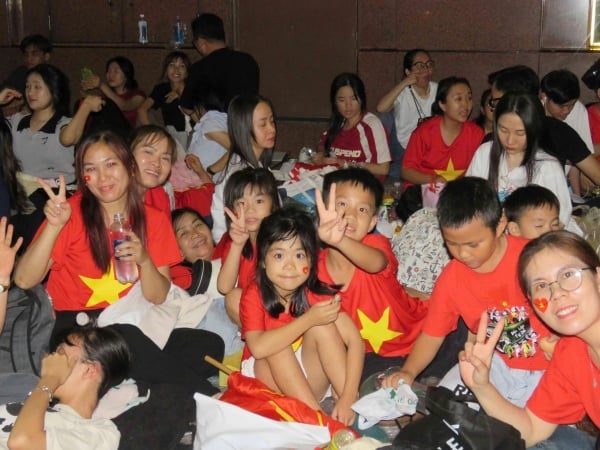

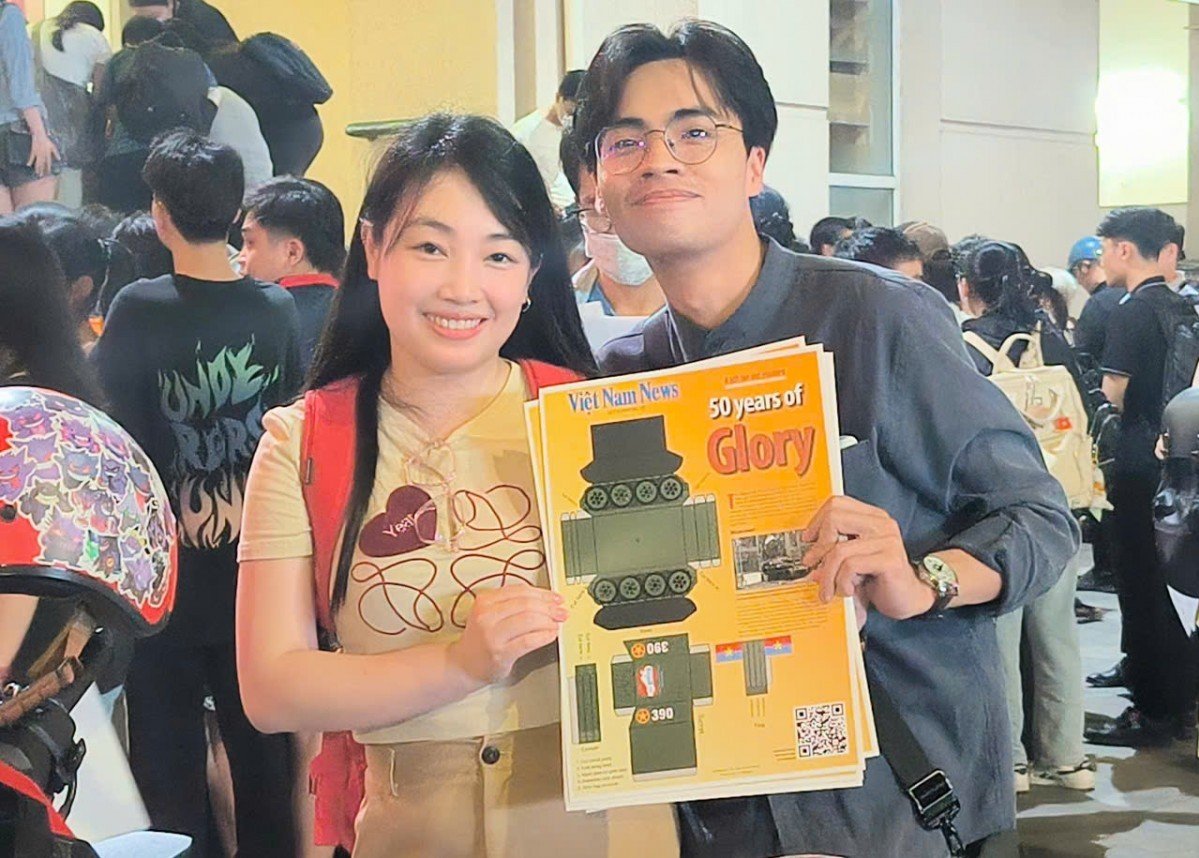
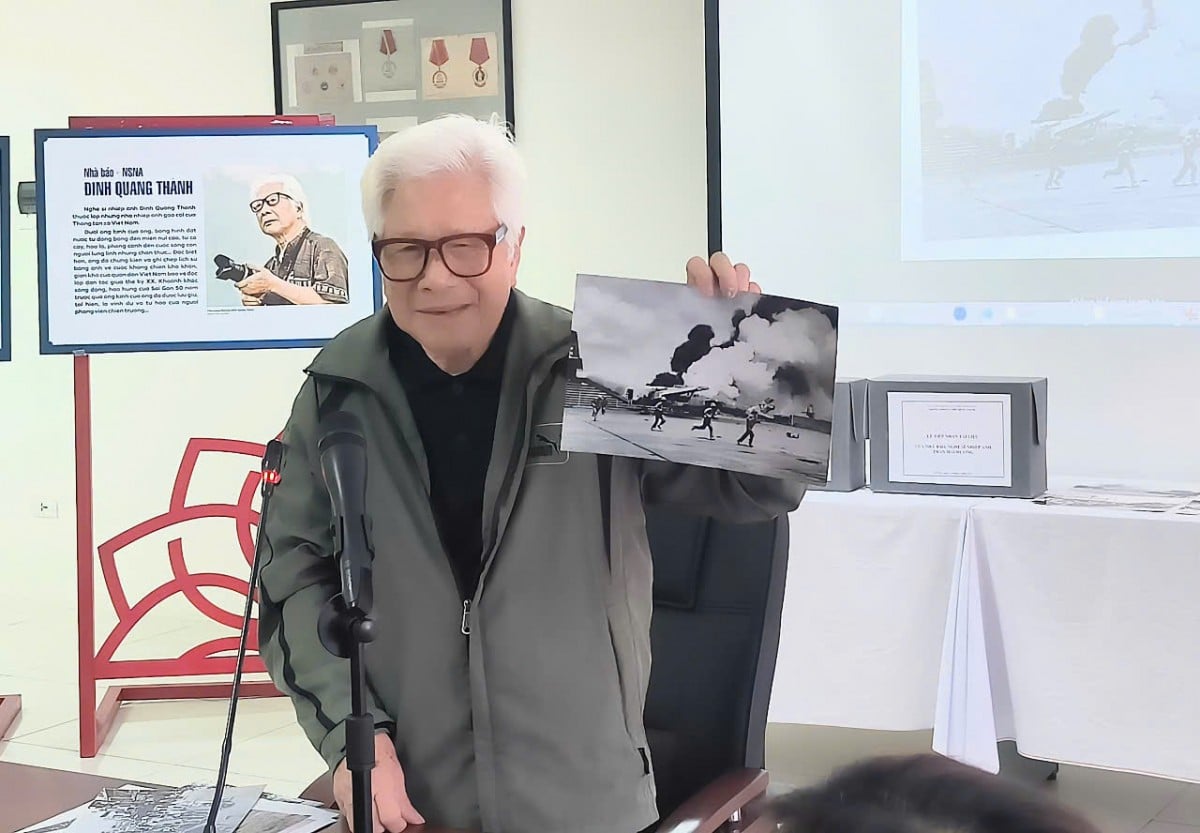
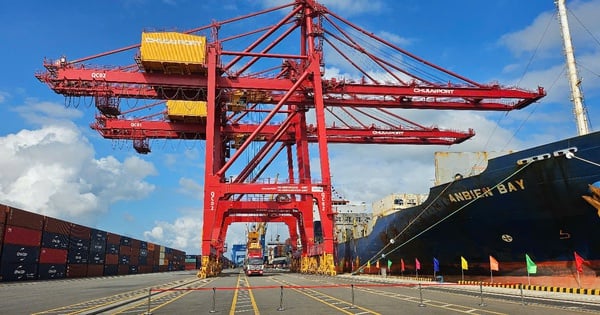





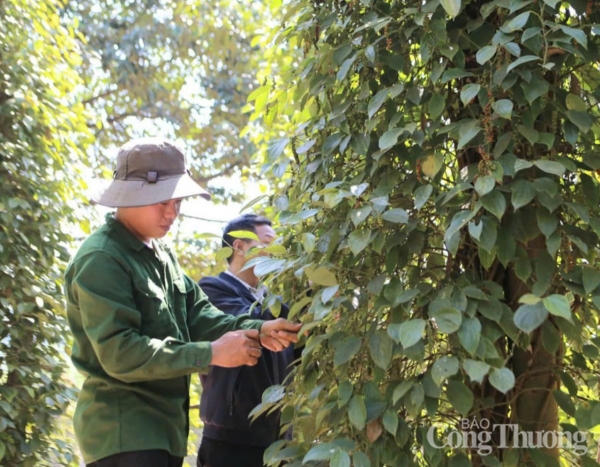
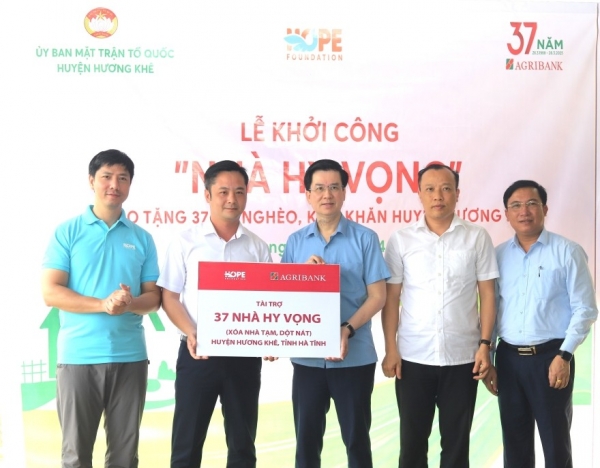
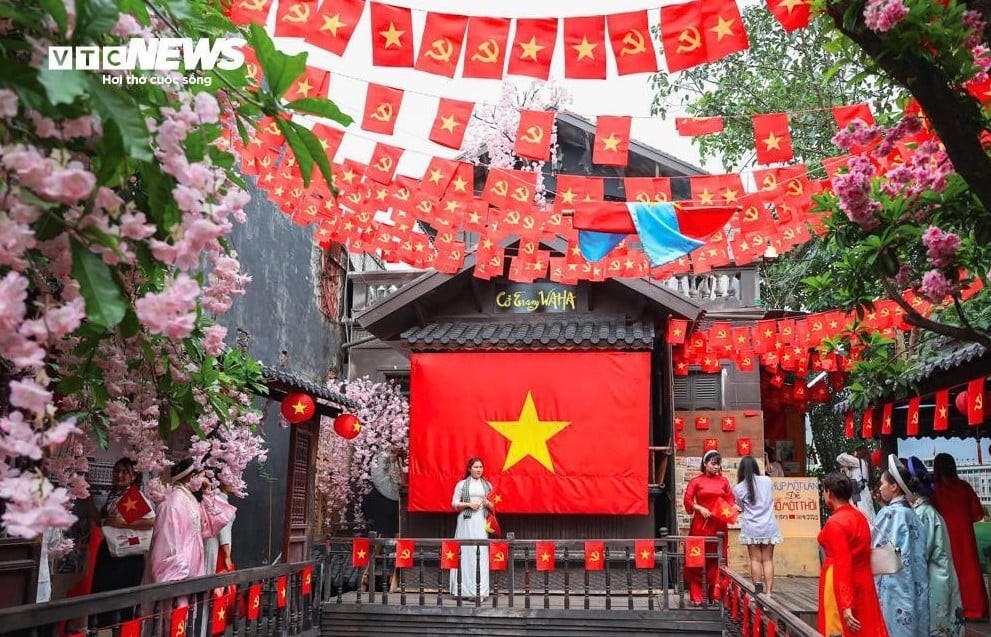
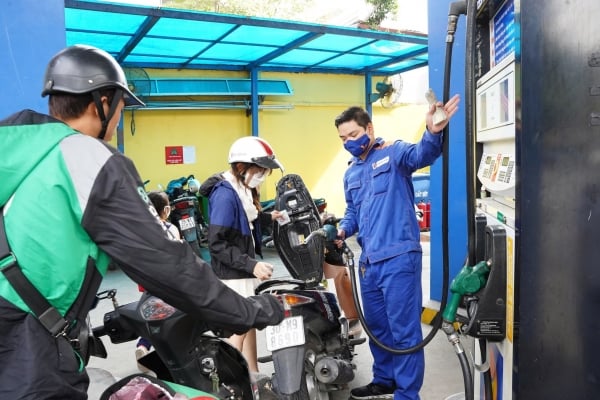

![[Photo] People choose places to watch the parade from noon on April 29](https://vstatic.vietnam.vn/vietnam/resource/IMAGE/2025/4/29/3f7525d7a7154d839ff9154db2ecbb1b)















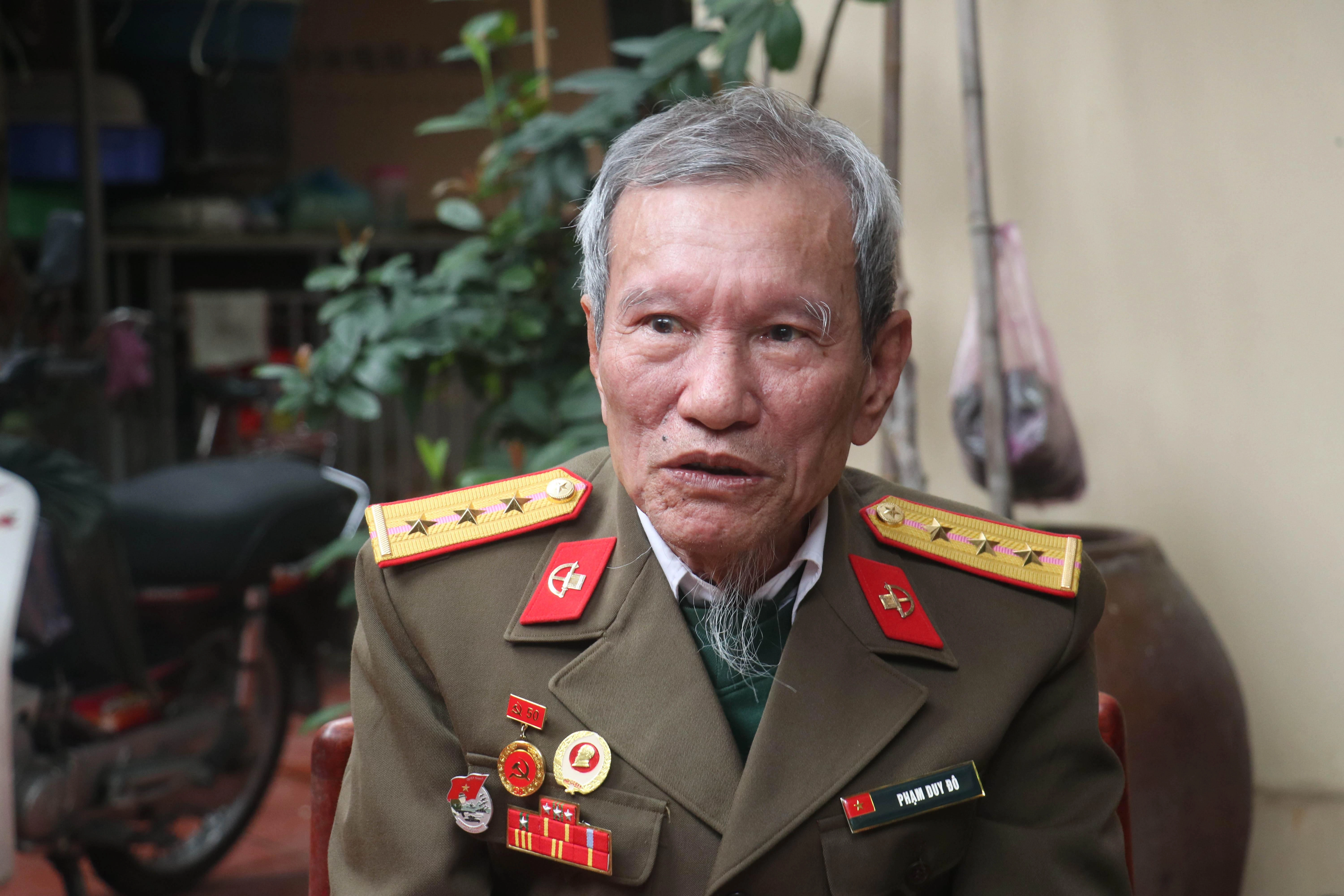

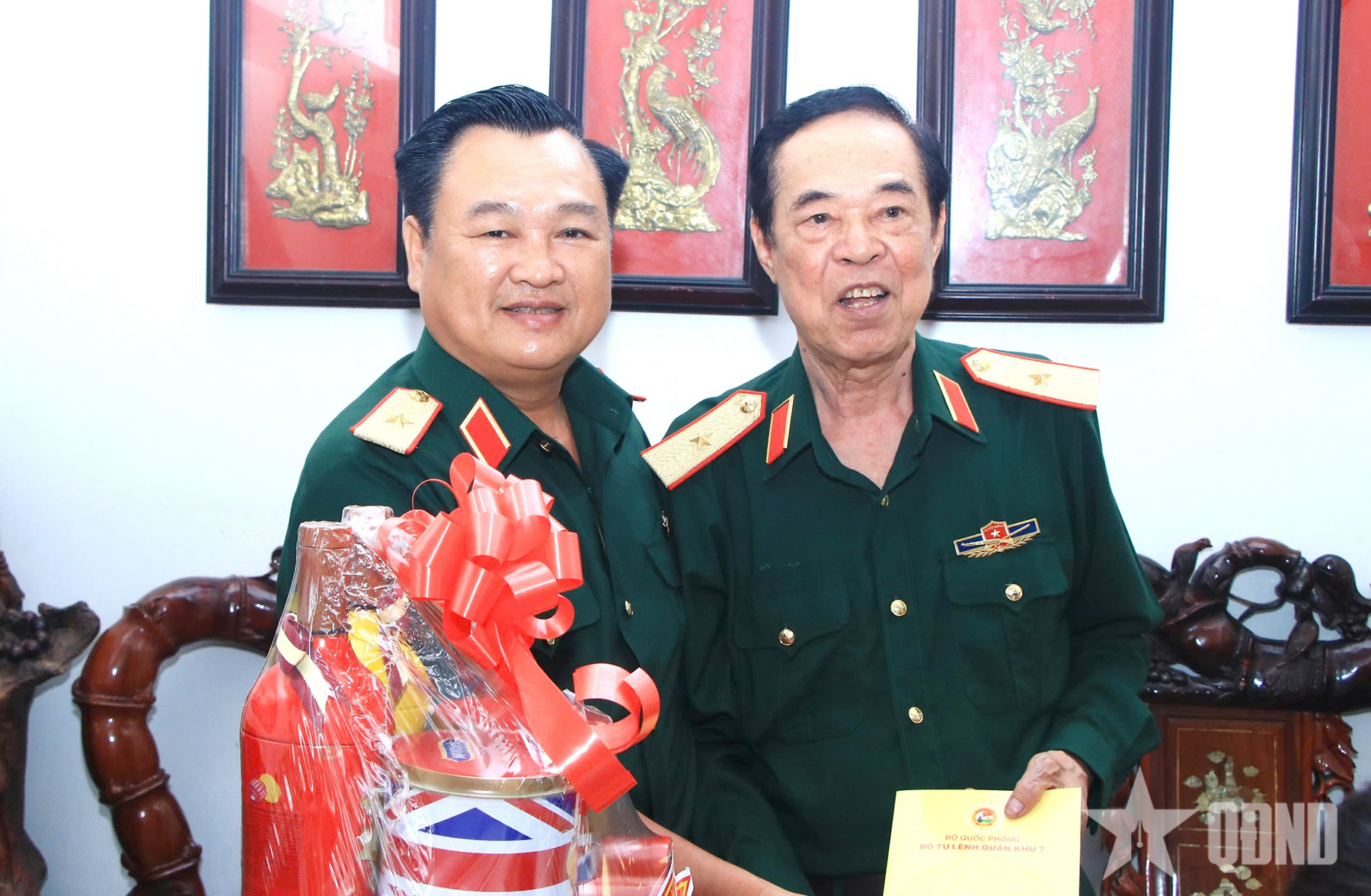














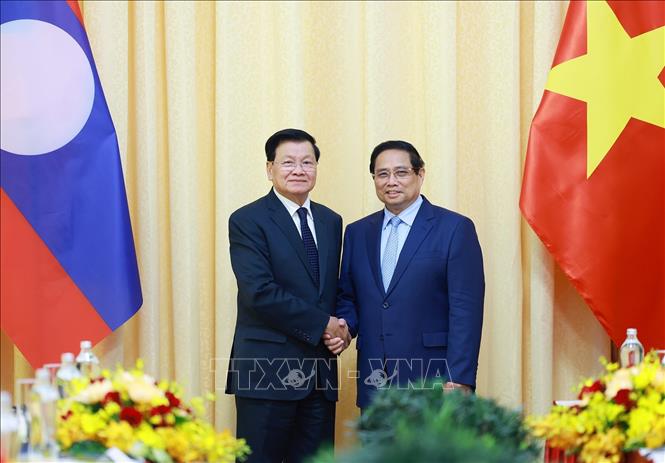

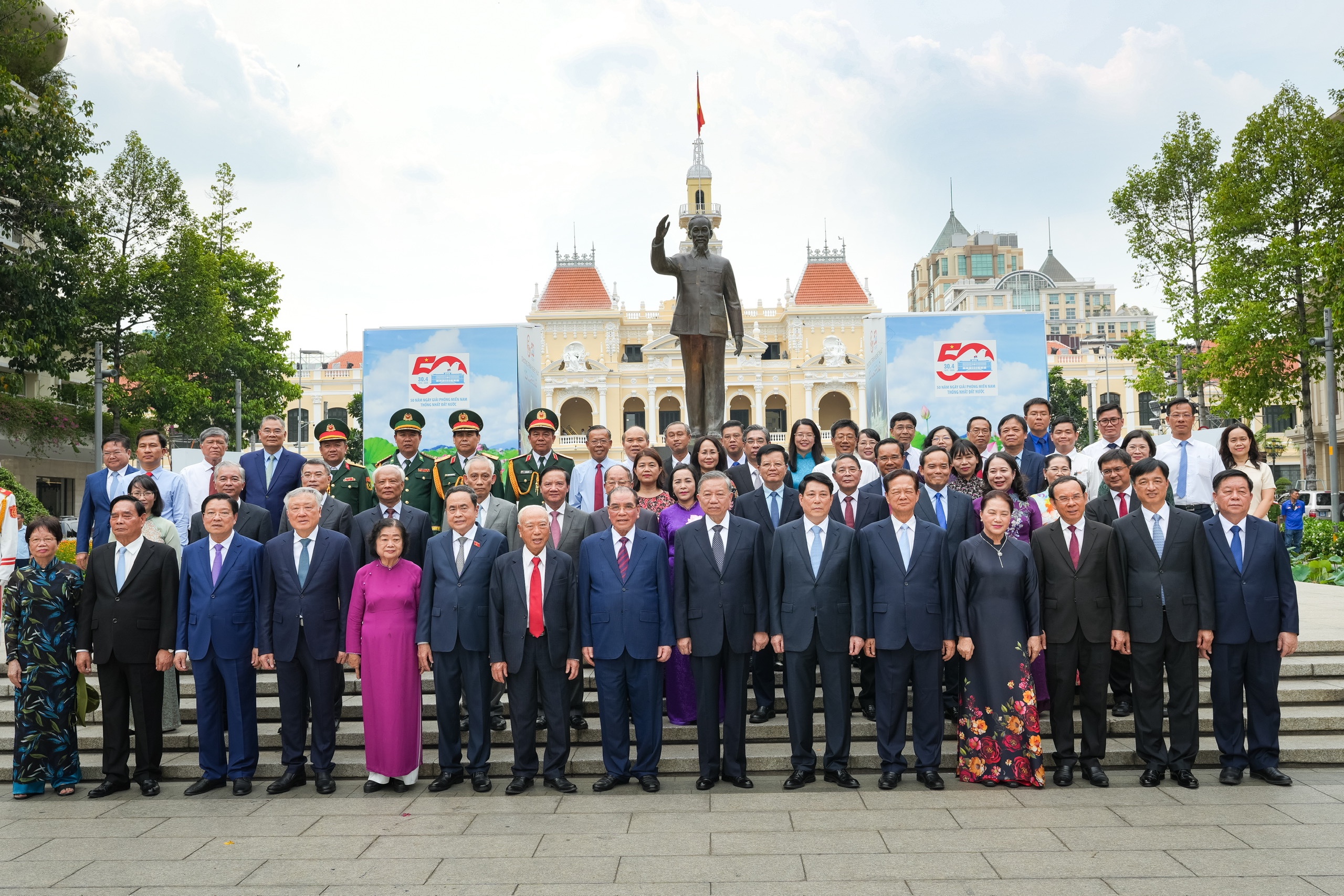
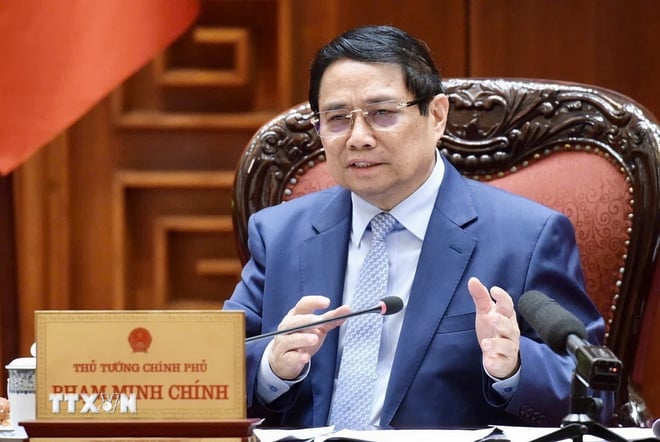









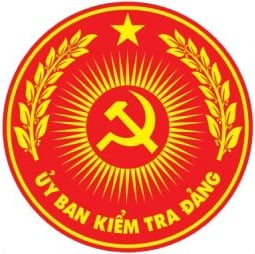
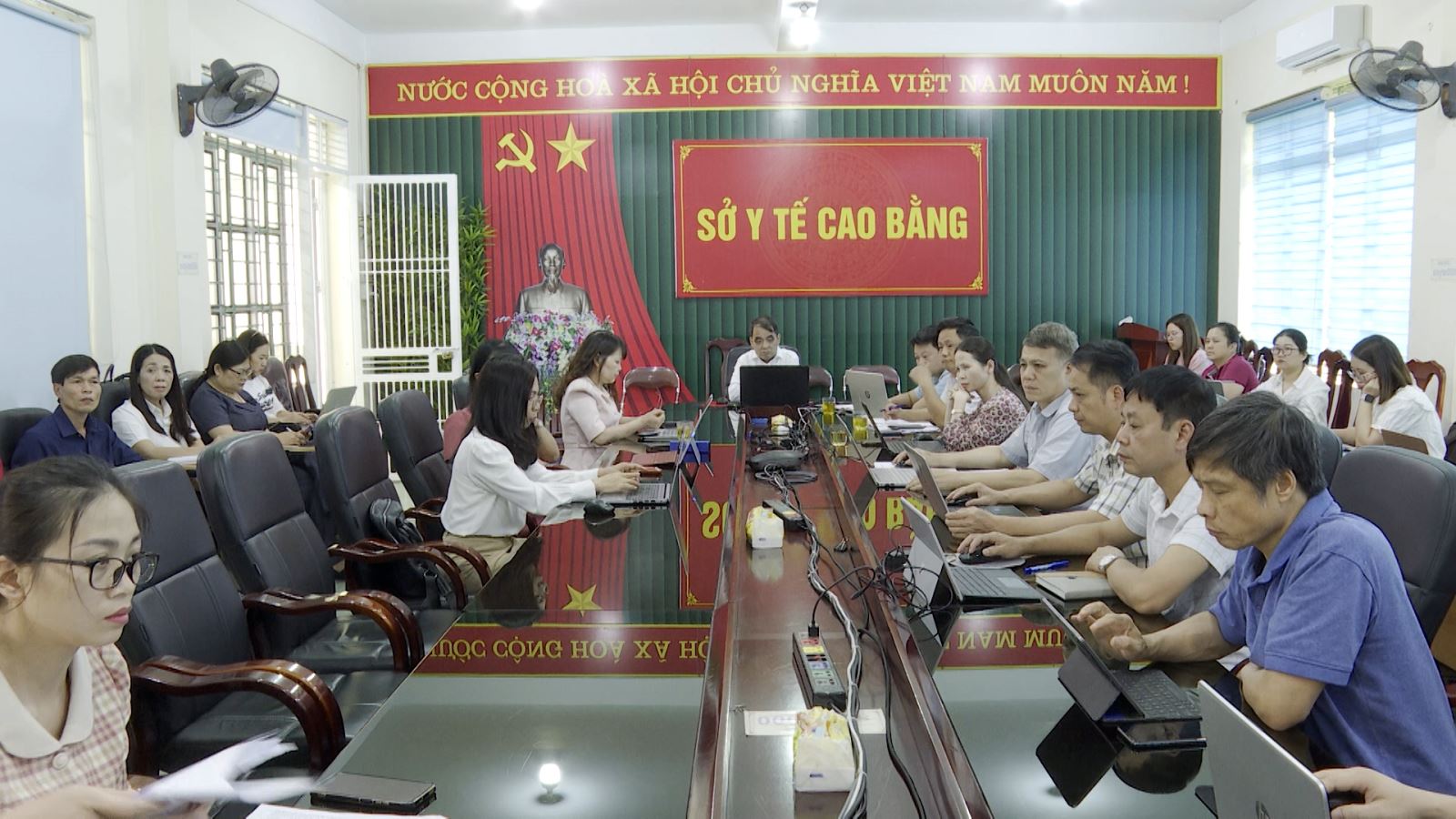



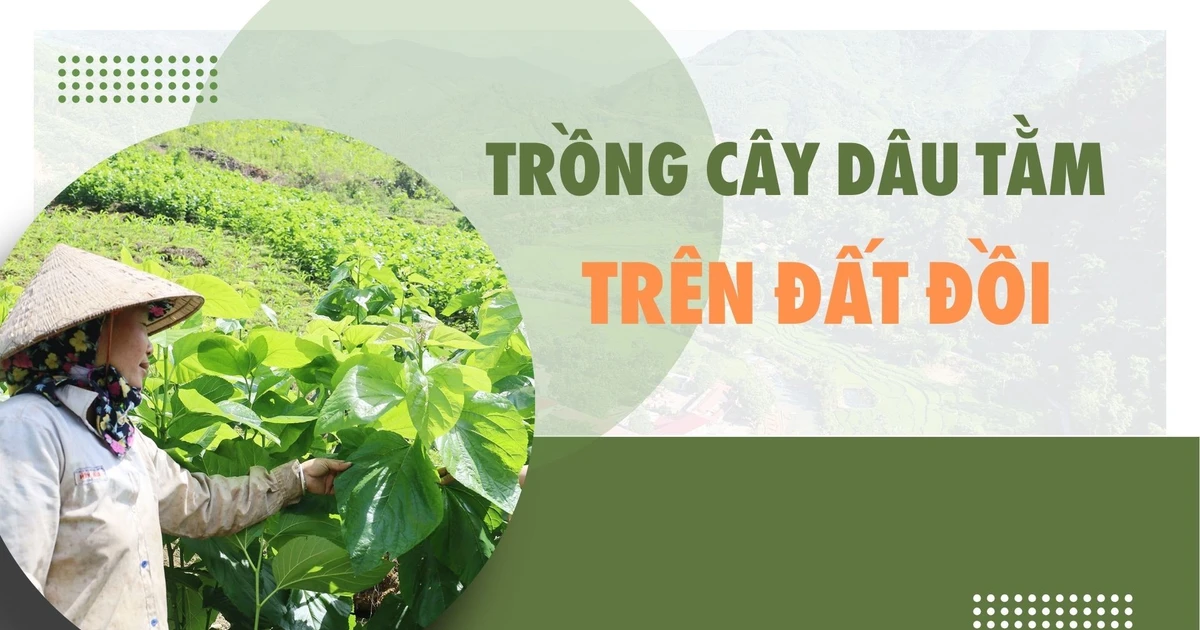

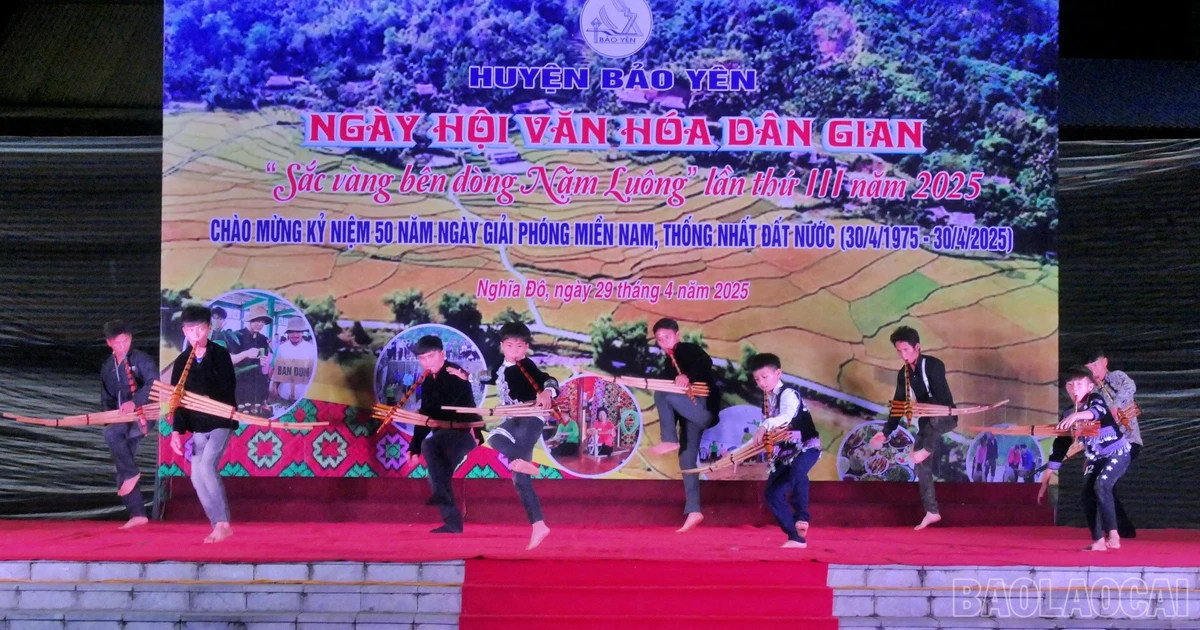











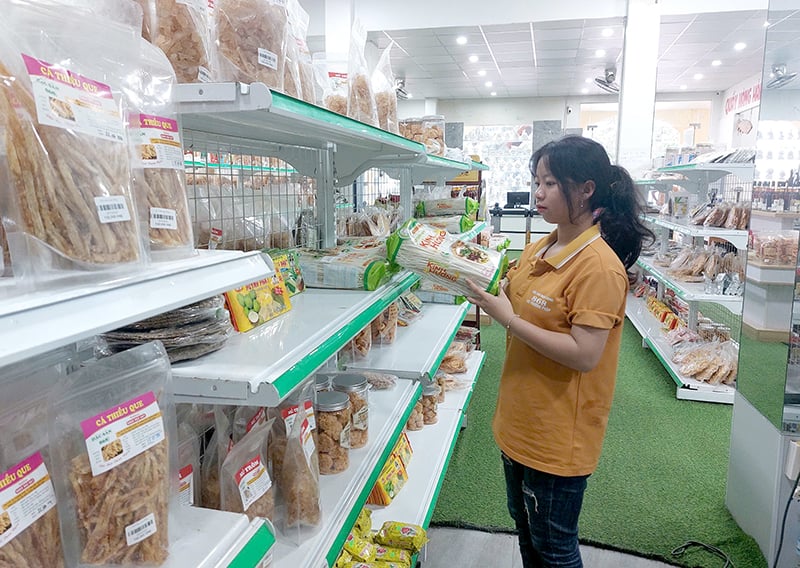
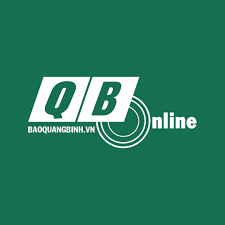
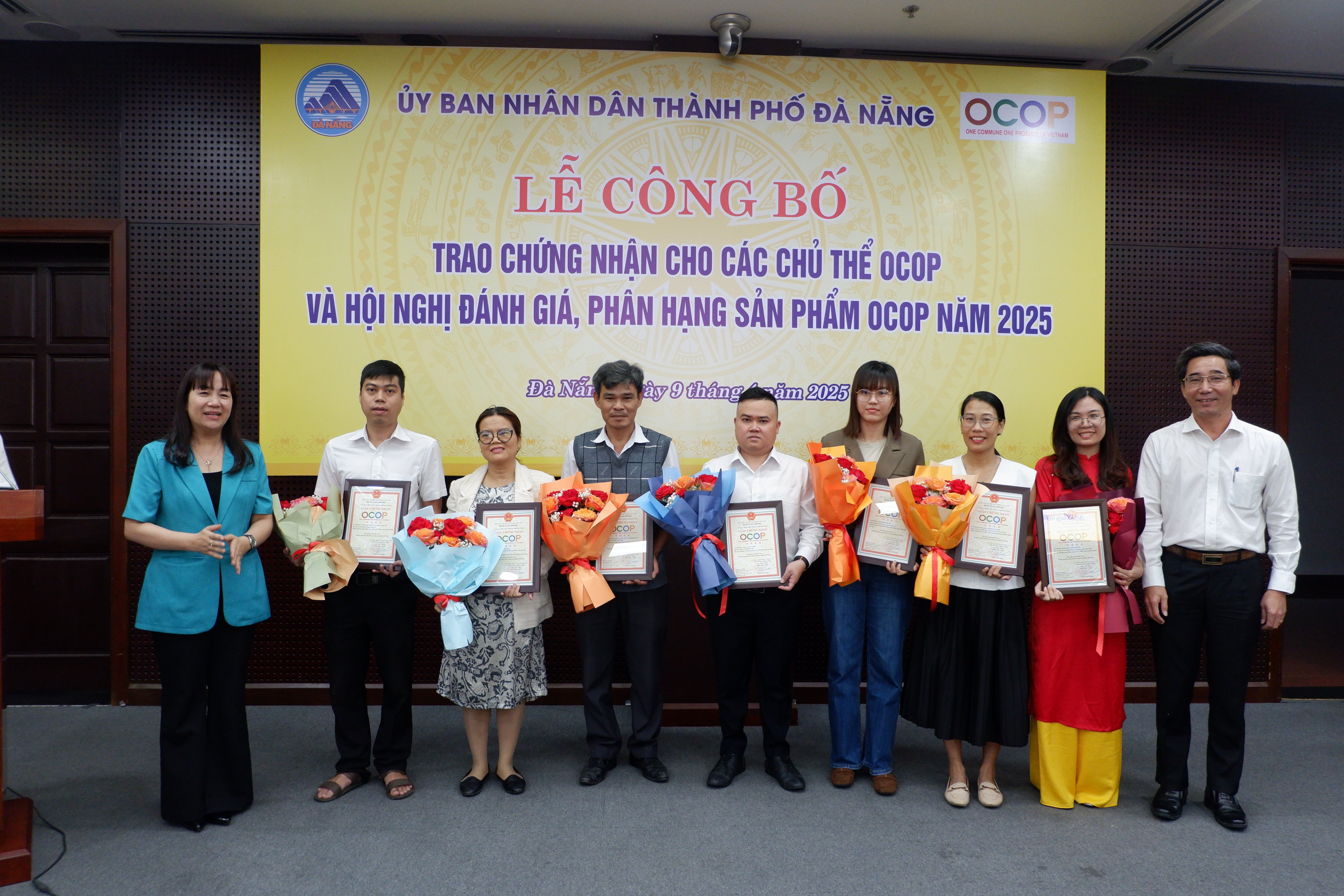

Comment (0)